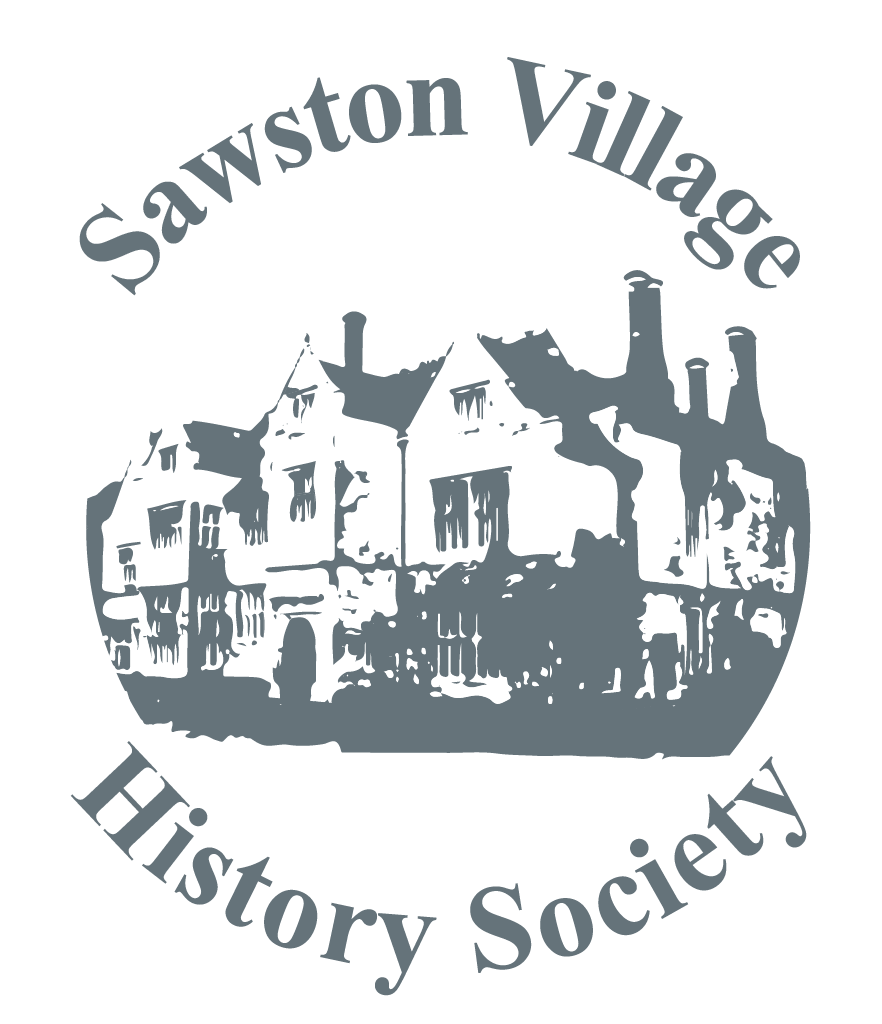
A very interesting and enlightening talk on the work of the Magog Trust
was given by Lucy Evans, to the Sawston Village History society at the
meeting on Thursday May 11th 2006.
It just shows how local enterprise can achieve some astonishing results.
At present, the Trust runs 163 acres of restored chalk downland close
to Wandlebury alongside the A1307 main road. Lucy explained that the aim
of the Magog Trust is to provide and care for the land, which is devoted
to conservation and informal recreation and for use as a public amenity.
It is a remarkable success story.
The area of land had been used for over a hundred years before, as arable
farmland, but before that, it had been open grass downland. When it became
available for purchase, in the late 1980's, it was decided that a group
of local residents would bravely attempt to purchase the land. There was
the problem of raising the money to do this, a sum of £327,000 was
required, but undeterred, they set about finding sponsors willing to provide
financial backing on the scale required. The sum was raised from a number
of sources. A loan of £100,000 was made by Edmund Vestey, for repayment
over 10 years, free of interest. South Cambridgeshire District Council,
provided £90,000 and a further £10,000 came from Cambridge
City Council. The balance was raised from donations and fund-raising.
Magog Down was officially opened in June 1993, by Edmund Vestey.
When the Trust first took over the land in 1989, there was just a strip
of woodland along the skyline but the main area of 163 acres was still
under cultivation. The Trust aimed to return it to the condition recorded
by John Ray, the famous botanist, when he visited the site in 1660. It
was then open grass downland with naturalised chalk-loving flora and fauna.
Advice on how to achieve this was provided by Monk's Wood who gave guidance
about the seeds that would need to be to be sown in the meadows. The seeds
used were mostly native grasses and flowers. There have also been surprising
results as some plants have regenerated naturally. Scrub clearance was
also a necessity and was carried out by volunteers.
The Trust undertook the planting six new woods, and by 1992 over 24,000
new trees and shrubs had been planted. The woods have been named after
significant people, events or places. The names are are, Colin's Wood,
Vestey Wood, Memorial Wood, Youth Wood, Magog Wood, and Villedomer Wood.
Over time these will provide an ever-increasing and valuable habitat for
wild life, for example, birds, small mammals, insects, and fungi. An area
of the down is also given over to sheep-grazing for part of each year,
as it had been before the land was farmed.
The site is also of great interest from an archaeological viewpoint, which
is not unexpected due to its nearness to Wandlebury. On the highest part
of the down, known as Little Trees Hill, there is a bowl-barrow, believed
to be a Neolithic feature re-used by Bronze Age peoples. Aerial photographs
have revealed crop-marks of trackways and other possible archaeological
features across the downland. There is one fairly clear trace of a track
leading NW to SE which appears to converge with a causewayed enclosure
on Little Trees Hill. It is this feature, which also contains the bowl-barrow
referred to above. The enclosure generally follows the 60m contour line.
Lucy also showed a number of slides illustrating the colourful plants
which now colonise the downland. They included Wild Marjoram, Small Scabious,
Ladies Bedstraw, Ox-eye Daisies, Toadflax, Horseshoe Vetch, and more recently
Valeriana dentata has been recorded.
The work of managing and maintaining the down is ongoing and is being
carried forward with the enjoyment and pleasure in mind of our children's
children and even beyond them into the future.
The Magog Down project certainly provides, for Sawstonians, an easily
reached open area for exercise and recreation. At present there is a perimeter
off-lead dog-walking path and kite-flying is a popular activity. The views
across the surrounding countryside are superb.
Lucy also said that there have been some problems of vandalism, and hazard-warning
signs have been removed, but with the presence now of a part-time warden
on the down, it is hoped that some of these destructive activities may
be reduced.
The Magog Trust is a registered charity and a limited company, and the
conservation land management work on the down is carried out by the governors
and volunteers. The cost of maintaining the down is about £14,000
annually, which is funded by grants, donations and income from legacies.
Lucy also brought a display of leaflets and maps for members of the Society
to see. The down is open freely every day and also has a car park for
the use of visitors.